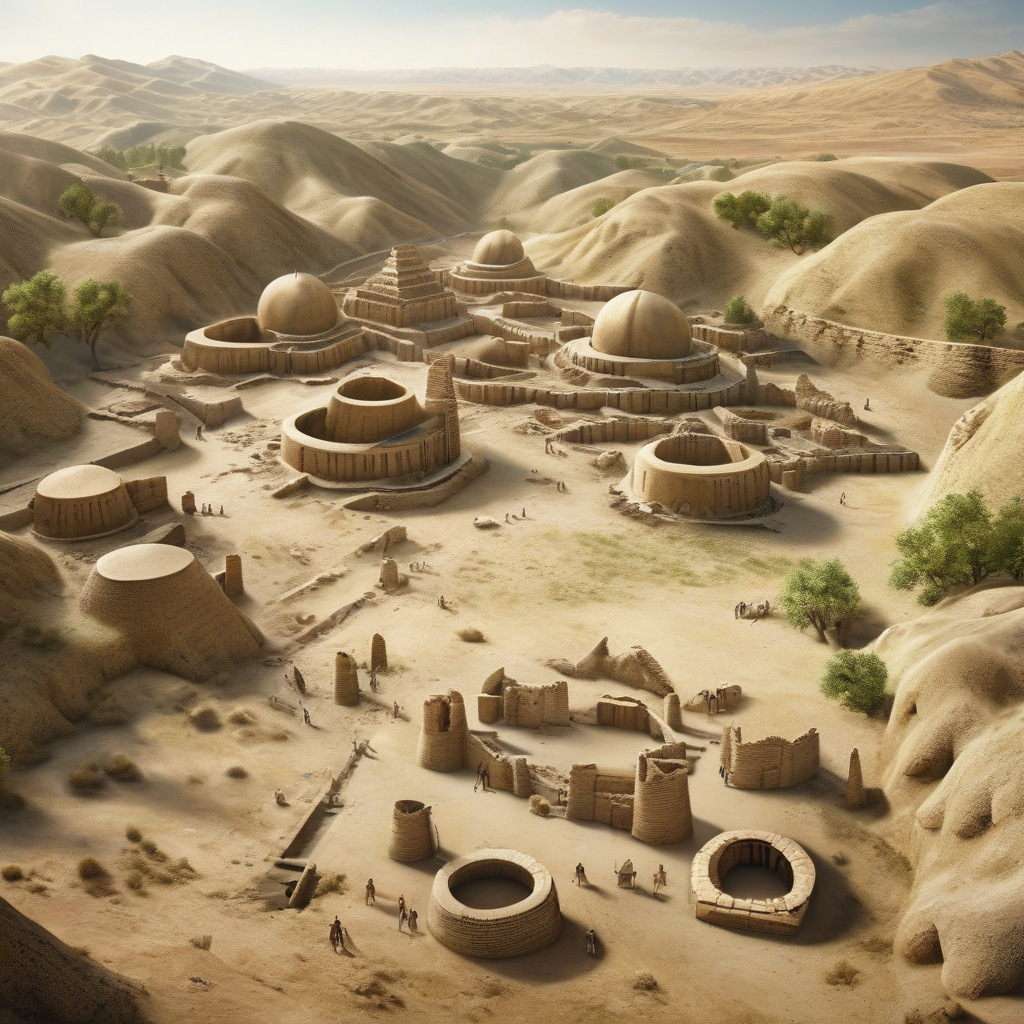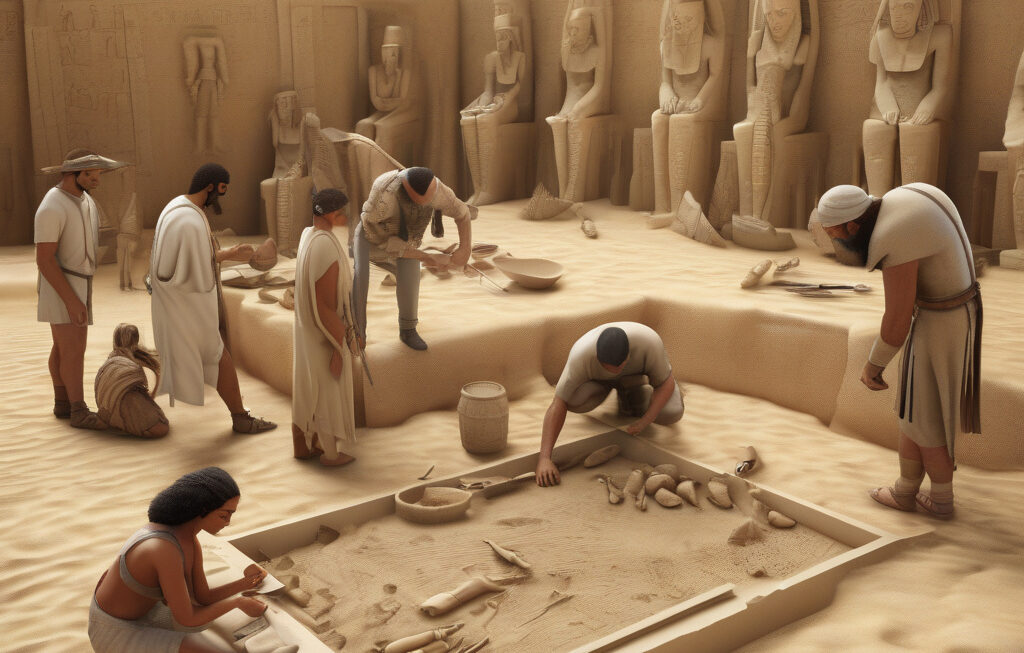World’s Oldest Arrows? Uzbek Site Reveals 80,000-Year-Old Tools Linked to Neanderthals
Archaeologists working at the Obi-Rakhmat site in northeastern Uzbekistan say a cache of tiny stone tools found there could rewrite the history books on early human innovation. The discovery of these ancient artifacts, believed to be around 80,000 years old, has sparked excitement in the archaeological community, shedding new light on the technological capabilities of our ancient ancestors.
The tools, which include finely crafted stone points and blades, bear striking similarities to those used by Neanderthals in Europe and other regions during the Middle Paleolithic period. This finding challenges previous assumptions about the cognitive abilities and hunting practices of early humans in Central Asia.
Dr. Natalia Ryabogina, the lead archaeologist on the project, described the significance of the discovery, stating, “These carefully crafted tools represent a leap forward in our understanding of the technological skills of ancient humans in this region. The precision and craftsmanship involved in creating these stone points suggest a level of cognitive complexity that was previously underestimated.”
Evidence of hafting, a technique used to attach stone points to wooden shafts to create spears or arrows, further supports the theory that these tools were indeed used for hunting. This discovery raises questions about the migratory patterns of early humans and their interactions with Neanderthals, hinting at a more complex and interconnected prehistoric world than previously imagined.
The Obi-Rakhmat site, situated near the foothills of the Tian Shan mountains, has been a treasure trove of archaeological finds, offering valuable insights into the prehistoric cultures that once thrived in this region. The discovery of these ancient tools adds another layer to the rich tapestry of human history in Central Asia and underscores the importance of continued exploration and research in the area.
By studying the technological advancements of our early ancestors, researchers can piece together the puzzle of human evolution and cultural development. The intricate craftsmanship of these 80,000-year-old tools serves as a testament to the ingenuity and resourcefulness of ancient humans who adapted to their environments using the tools at their disposal.
As we marvel at these ancient artifacts unearthed in Uzbekistan, we are reminded of the enduring legacy of human innovation and the timeless quest for knowledge that drives archaeological research forward. The story of the world’s oldest arrows found at the Obi-Rakhmat site is a testament to the resilience and creativity of our early ancestors, whose ingenuity paved the way for the technological advancements that would shape the course of human history.
#Archaeology, #Innovation, #Neanderthals, #AncientTools, #ObiRakhmatSite












